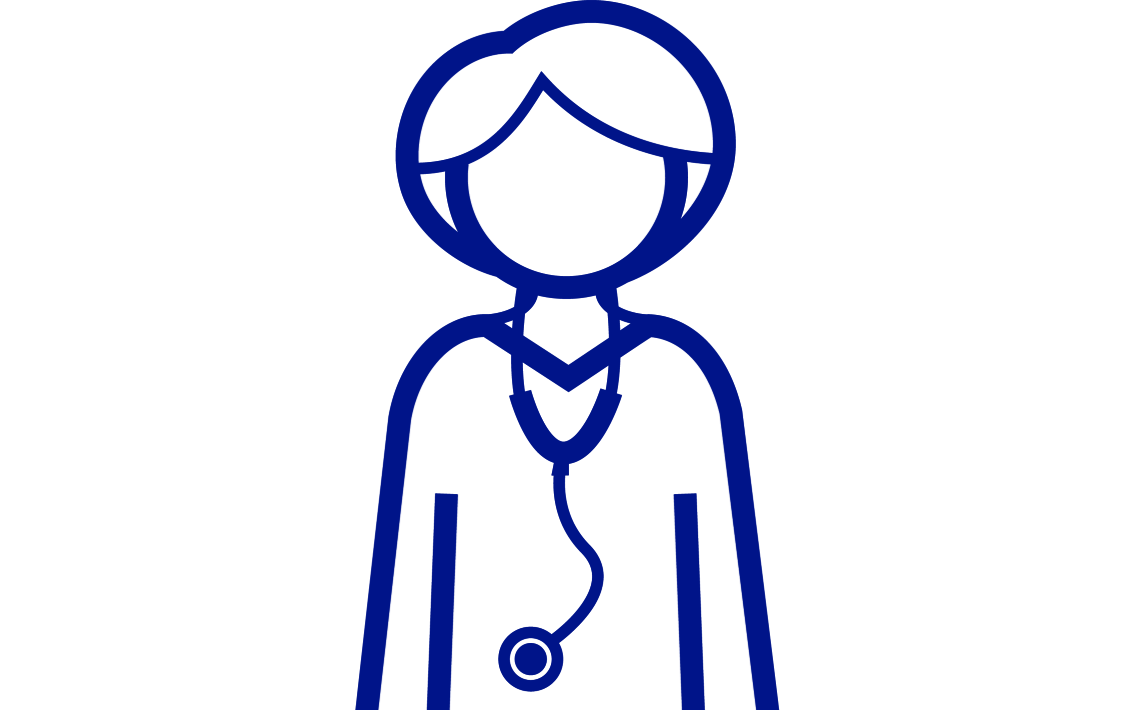A neurologist is a specialist doctor through whom you can find out if you have a disease in your nervous system or if there is a suspicion that you may have it. Nervous system diseases are usually not cancer, but they can be.
facts
- Six years of study in the medical program.
- Five years of specialized studies in neurology.
What is a neurologist?
A neurologist is a specialist doctor and expert in the nervous system and the diseases that can occur in it.
The nervous system consists of the brain, spinal cord, and all the nerves in the body.
To be trained as a neurologist, you must first attend medical school and then continue your education in neurology.
Neuroscience is the science that studies the nervous system – how it is structured, how it works and the diseases of the nervous system.
It involves investigating how the brain, spinal cord, and nerves work individually and together to control different functions in the body.
What does a neurologist do?
A neurologist is an expert in diseases and symptoms of the nervous system. These can be symptoms such as numbness, difficulty moving part of the body, decreased sensation, double vision and headache.
A neurologist investigates the cause of your symptoms, makes a diagnosis and develops a treatment plan.
The neurologist will also monitor your health condition after treatment. In the case of brain tumours, this is done to find out your condition, to provide the support you need and to detect any recurrence of the disease early.
When do you see a neurologist?
Neurological diseases are often discovered in emergency care or at a health facility or health centre.
Many people with neurological symptoms seek care in the emergency department. Then you can be admitted to the care unit, where you will be examined by a neurologist or by a doctor in another medical specialty. It may vary depending on the hospital and location of the care facility.
In other cases, you will visit a general practitioner at a health center first. If your GP suspects you have a neurological disease, you will be referred to a neurologist. Sometimes you have to have a scan, such as a brain X-ray, before a referral can be sent. Next, you will see a neurologist to continue the investigation.
At the neurologist
When you first see a neurologist, you will be told how you feel and what your symptoms are. The neurologist performs a medical examination that includes what is called a neurologist's case.
Being a neurologist means, among other things, that the neurologist examines your reflexes, sensation, normal tension and muscle resistance when you are at rest.
The neurologist can then order some tests, such as an X-ray or a scan where nerve impulses are measured in the legs and arms for example, which is called ENeG.
Upon receiving the test results, the neurologist will develop a treatment plan.
If the tests show that you have a brain tumor, the neurologist will inform the oncologist and neurosurgeon, who will plan your further treatment together.
Treatments
The neurologist does not treat the cancer itself, but is involved in planning your treatment, how to follow up on you after treatment and detecting any recurrence early.
In cooperation with the neurosurgeon and oncologist, a treatment plan is developed. It is the neurosurgeon who operates on brain tumors and the oncologist can prescribe radiotherapy and cytostatics (cytotoxins).
It can vary depending on where you live, but most often the neurologist will be the one who cares for you after brain tumor surgery.
You may need to be admitted to a care unit for some time after the operation and get help in training the different functions that may have been affected in connection with the disease and the operation.
It can relate to physical and cognitive functions, such as balance and walking training or memory and language training.
Your neurologist may also give you medication to relieve symptoms after surgery, such as headache and nausea.
There is no one-size-fits-all cancer treatment, but each person is treated individually. How the treatment, or combination of treatments, is developed is determined by a team of specialists and depends on several different factors. The four most common forms of treatment are shown here.
Support and guidance
In addition to their participation in the treatment plan, the neurologist and the liaison nurse must provide you and your relatives with support during treatment.
When someone has a brain tumor, relatives often need extra support because the disease and treatment can affect physical function and personality.
Your neurologist should be able to provide medical information that you or your loved ones understand. It can be information about the disease, treatment, side effects and risks associated with the treatment.
research
In addition to patient care, a neurologist may also participate in research. Research leads to a greater understanding of the characteristics of different neurological diseases and can lead to more effective treatments with minimal side effects.
However, neurologists who do not conduct research themselves are aware of what is happening in the field of research. They know how to take care of you and what treatment is recommended.

“Extreme tv maven. Beer fanatic. Friendly bacon fan. Communicator. Wannabe travel expert.”







More Stories
Why Rare Earth Metals for Electric Cars Are Crucial for Modern Mobility
“We want to promote critical rules approach”
“A lot happened during the trip,” Jönköping County Council